Meet the artist inventing a new language to merge the natural and non-human worlds
The universe of Russian artist Sofya Skidan is immersive. It looks like a future in which breathtaking mountainous landscapes are almost devoid of human presence, and mirror selfies are part of one’s spiritual practice. At the same time, her work is a hauntingly accurate reflection of the fluid and elusive present. Born in the Komi Republic and based in Moscow, Skidan belongs to a generation of digital natives whose relation to the world and their own identity is shaped by global connection. She has no interest in the remnants of Soviet iconography and visual culture — instead, her research delves deeper into the realm of natural landscape, sexuality, and the body.
In her work, Skidan uses various tools and techniques: video and photography, performance, digital graphics, sculpture, and light design. This hybrid and fluid visual language makes us question the way we perceive the world and how we relate to notions such as wilderness, gender, sex, ego, and time.
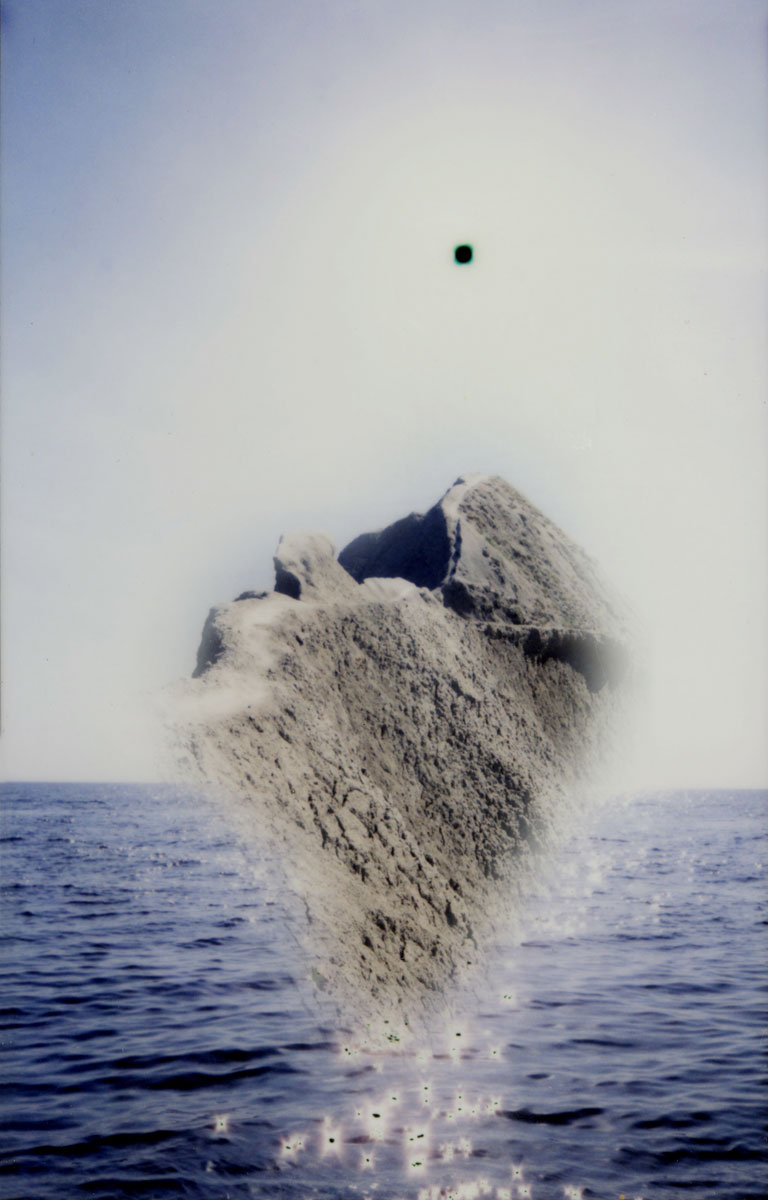
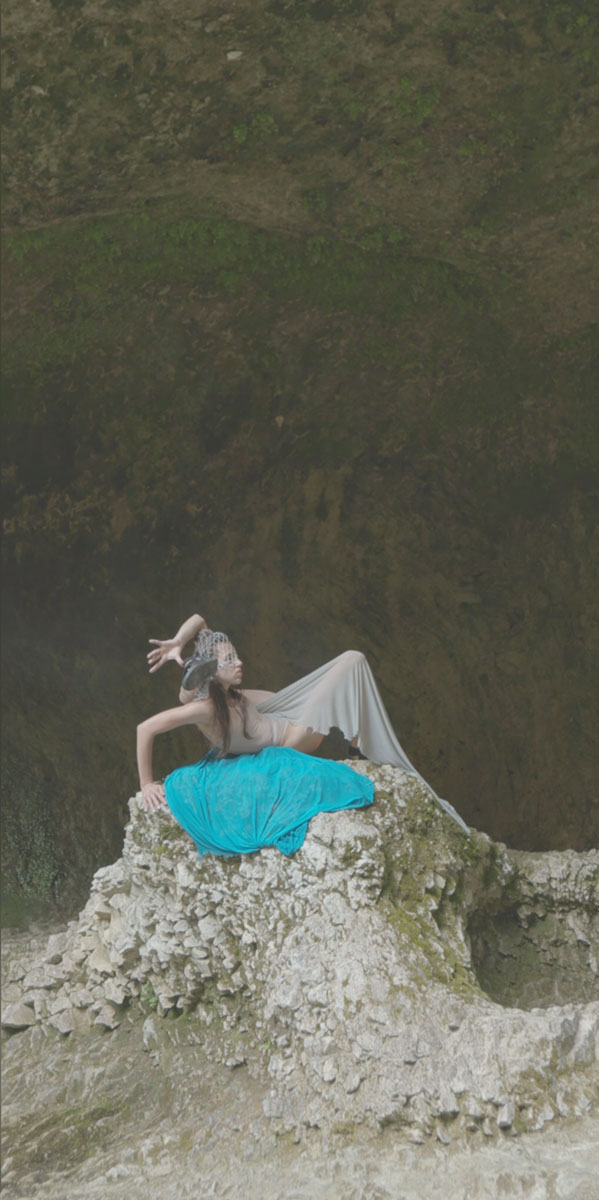
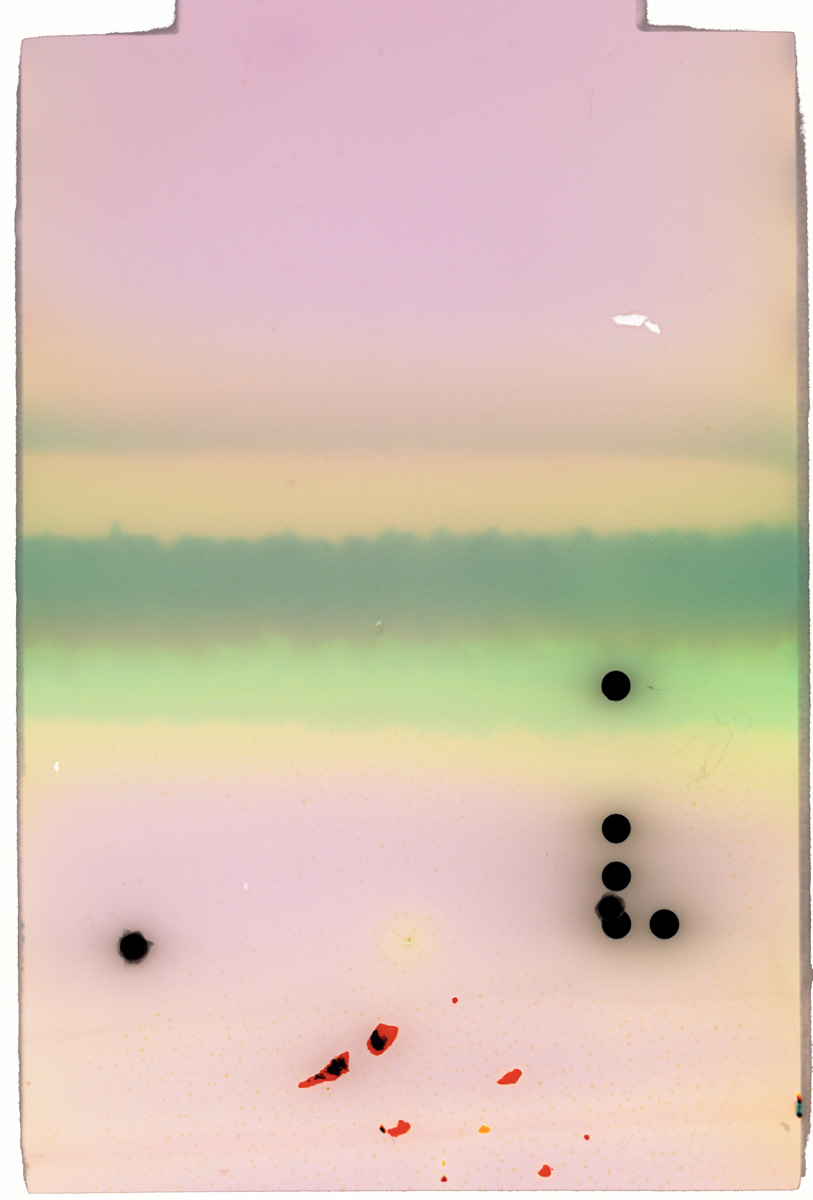
“My artistic practice is founded on a crossroads of several interests: the state of the natural world; Oriental philosophy in the guise of Buddhism and yoga; non-human and speculative contemporary Western theory; the influence of digital technology on memory and conscience; the bodily and the sensual; sexuality and the dissolution of identity.”
“I grew up in a small industrial oil town in the Komi Republic, where everything is shrouded in taiga and northern Russian nature. The town was so typically Soviet and mundane in its architecture that I ignored the very centre of it — looking back, this actually had a positive effect by fuelling my interrogation of the ‘post-Soviet’ in art.”
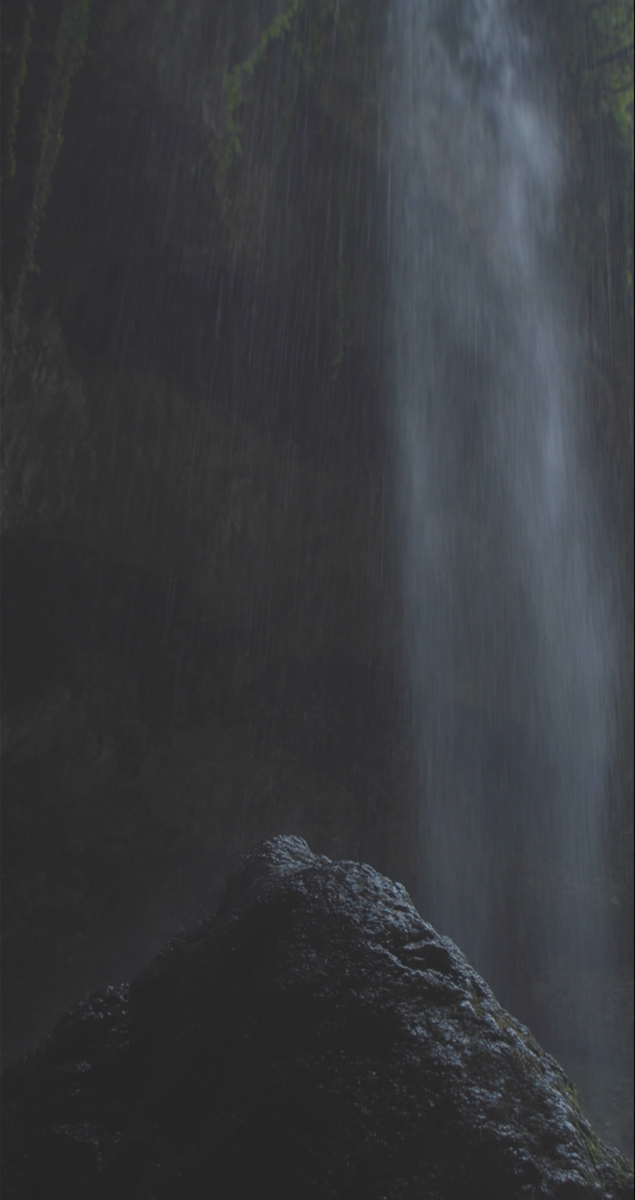
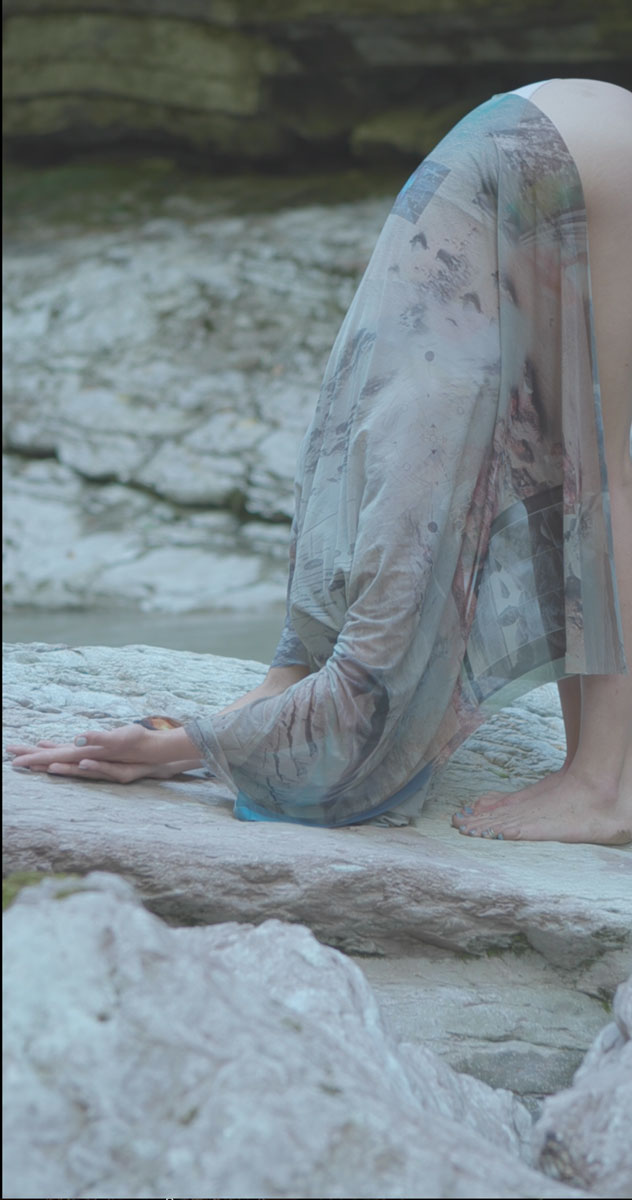
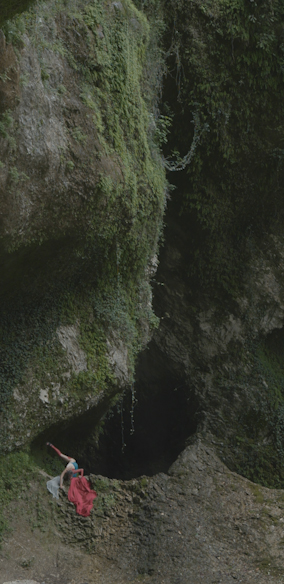
“I think that I have been influenced by the internet from an early age, and it was a gateway to other interests such as art cinema and music. But nature continues to fascinate me, and I make sure to spend time outdoors, walking my dog for example. Nature in the North is quite idiosyncratic: there are large urban areas but also fields, rivers with dark waters, and endless woods.”
“I am interested in our nostalgia for the morning landscape and our simultaneous disconnection from nature. So many of us learn about the natural world from the comfort of our cities. It can often feel like we’re in a bunker without access to real nature. Our digital world has become so prominent that I bet some of us wouldn’t notice if our water turned red. In my works, I create integrated natural worlds where snow co-exists with desert and the inanimate becomes animate.”
“I am also interested in the body, specifically the alienation that social media has imposed on us, how it encourages us to manipulate our identity and seek out sensual forms of communication. I like thinking of sexuality as something genderless and am trying to find the overlap between queer discourse, futuristic non-gender theory, and Hindu gods. For me, sexuality is a substance, it is an element of communication.”